The rising hype around NFT is fundamentally shaking up the established structures of the art world and the art dealing. The as-yet immature platform has seen renowned artists such as Damien Hirst, anonymous creators who became famous overnight, and a lot of visual rubbish for huge sums of money. But why is it worth it as an artist, and how do digital galleries and auctions work in practice?
Miklós Kiss’ name will probably sound familiar to the readers of Hype and Hyper. We have been following his work on the borderline of design and fine art for years, and we owe the magazine’s renewed image to him. We have featured his Emogram project on several occasions: his work, based on smileys and emojis, reflects on how writing, which replaced the initial communication through drawing, is turning back to the pictorial as a product of emoji culture. “I put the letters that had disappeared back into the emojis, creating a new version of smiley with a word puzzle,” explained Miklós in an earlier interview.
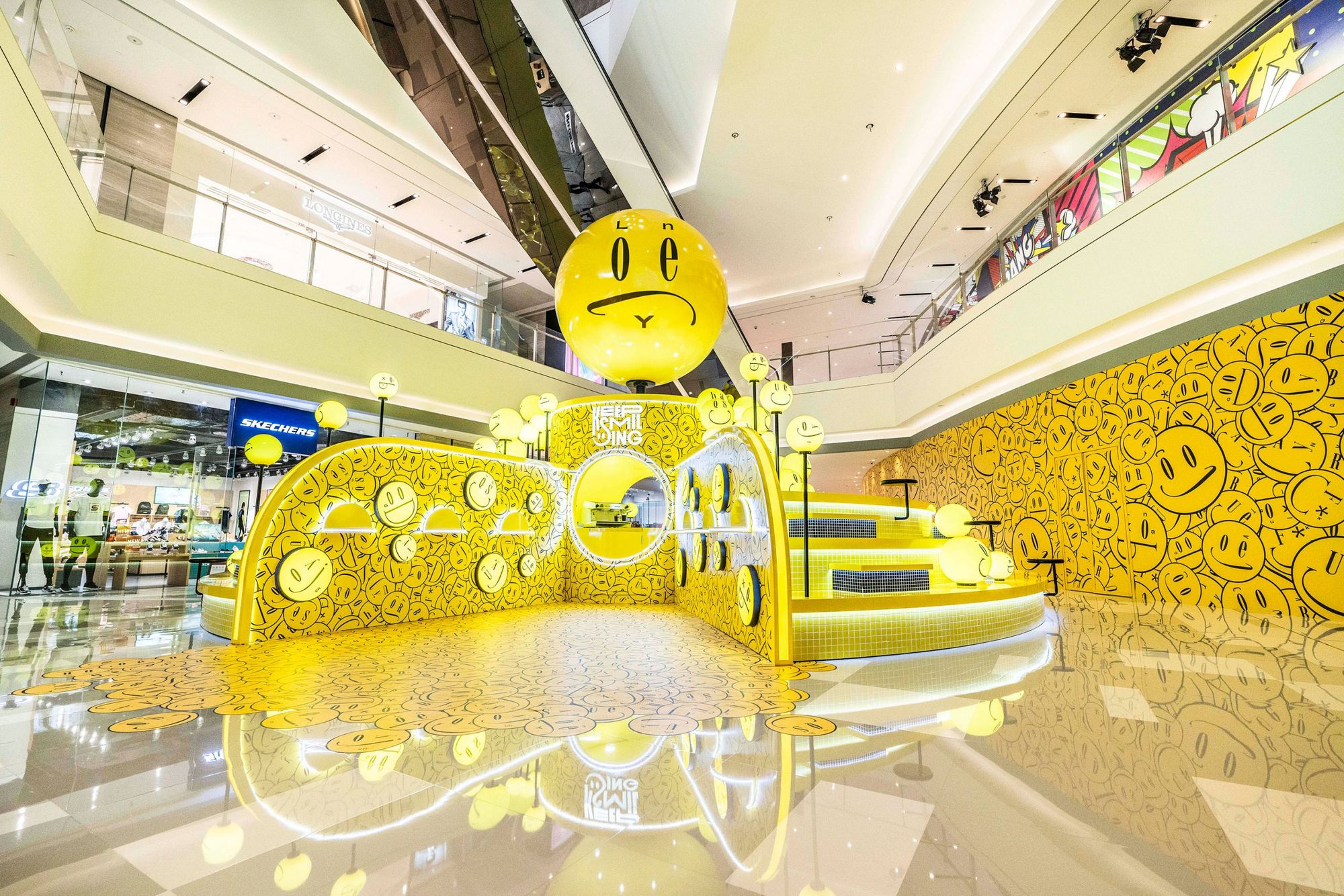
Miklós was approached by two programmers, Patrik Bélteky and Adrián Lénárd, and an artist friend, Csongor Szigeti, with the idea of making a joint NFT project from emograms. They saw that the people who could fill the platform with real content were the ones who didn’t have enough pieces of information. So the brainstorming started and as a result, the team will open the virtual doors of the first Hungarian NFT gallery on 26 September. Miklós and Adrián told us all about it.
Blockchain, Ethereum, NFT. Perhaps these are the three keywords that are most important to understand the subject. How can you explain them to us, outsiders?
L. A.: A blockchain is essentially a decentralized database, where the database is distributed across many endpoints. In these networks, each database manipulation is a transaction in a block, where the next block always builds on the previous block, thus forming a long chain. If a server goes down or one is hacked, the whole thing doesn’t collapse, which is what gives the system its resilience. And the server endpoints monitor and watch each other, so the more people use the network, the more secure it becomes. Bitcoin, the first blockchain, was created in 2008, partly as an alternative to the classical banking system. It is mainly just a monetary instrument for storing transactions. Then, in 2015, Ethereum appeared a much more feature-rich platform that allows users to create smart contracts. NFT itself is a smart contract standard that can be easily transferred and exchanged. In simple terms, these contracts include who created the creation, who owns it currently, and a percentage that is passed back to the original creator(s) as a commission on each transfer. The NFT simplifies the sale but makes copying and counterfeiting impossible. Another special feature is that each piece can be unique. The 99 emograms in Miki’s collection also contain different images.
When Adrián and Patrik approached you with the idea—apart from the potential financial implications—what excited you as an artist about this digital?
K. M.: The emograms have been featured in quite a few places in China and Korea, and this year they received an Excellent of Typography award at the Type Directors Club Awards. At the same time, I wanted to get more people to get to know my work. The NFT offers the opportunity to create an even closer, “unforgeable” relationship between the creator and their work, and to gain a new audience on a whole new platform. Of course, I had my doubts, I always have doubts. Then, through our conversations together, I felt the need to connect crypto art with offline artworks. With us, if you buy an NFT, you have the possibility to collect tokens and redeem them for the emogram as a sculpture that you bought.
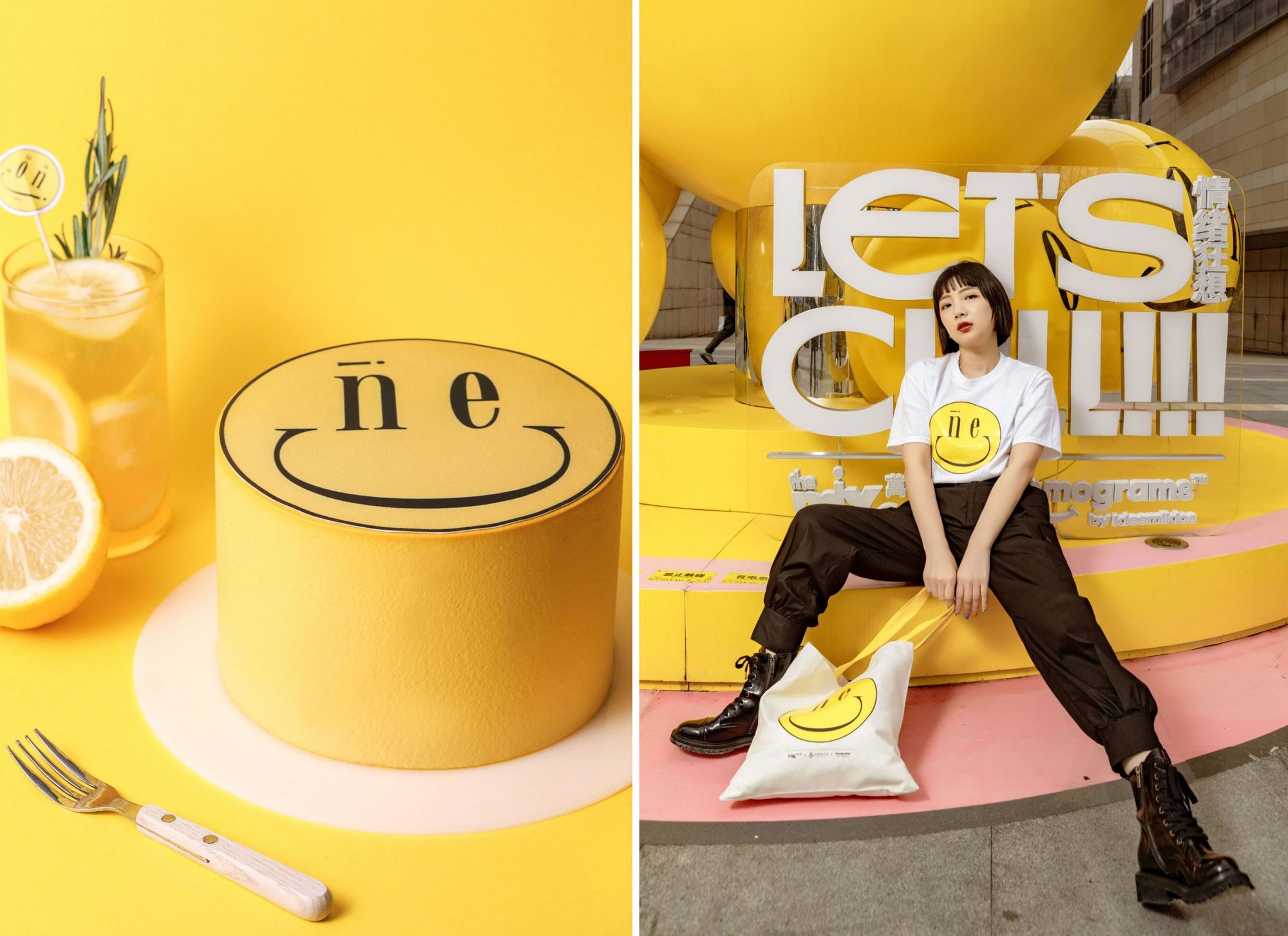
In the domestic scene, although there have been previous NFT creations, you are the first artist to open your own marketplace, essentially your own digital gallery. Why was this important from the very first moment?
M. K.: We wanted to create something more unique and better structured than just putting my NFTs on an existing marketplace. From a design point of view, we were able to create a gallery of our own, as well as a customized auction mechanism. The handling of statue redemption and tokens is also easier and more integrated into this format, and the collection of royalties can be managed in this way.
A. L.: The unified commission system is not yet implemented on marketplaces. Nevertheless, most artists just upload their png or jpeg files to an online marketplace, but they are not the ones who create the NFT format. This way, the artists’ commission increases if someone sells their artwork on another marketplace. We’ve coded the smart contracts to allow emoji to be traded only on our platform for now, and over time, as other major marketplaces implement the commission rates, we’ll enable them elsewhere.
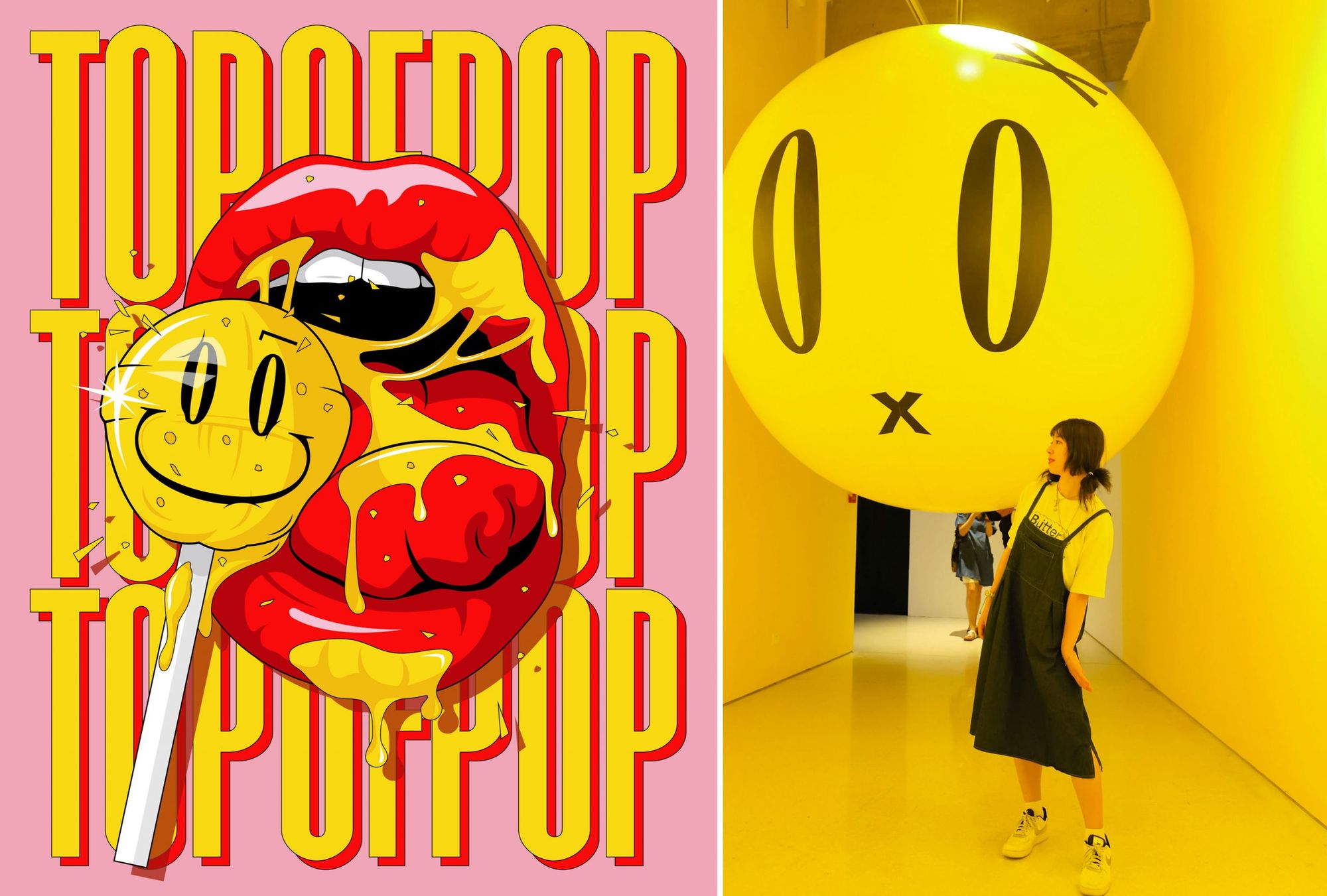
What will be the exact agenda for the auction?
M. K.: The first auction will start on 26 September. You can bid on three emograms at a time for three days. The first three will start from 0.1 Ethereum (1 Ether = around 1 million Ft). The next three emograms will be posted three days later and will again be bid for three days, but they will start from 0.2 Ethereum. After the full auction process, all buyers will receive tokens and a liquidity pool will be set up to deposit Ethereum and tokens. Owners can give and receive tokens here. The tokens will then be used to give nine NFT owners access to a physically existing emogram sculpture. On the marketplace, anyone can sell their NFT or buy others’ after our auction runs out.
What was the thinking behind the merging of the digital and physical dimensions?
M. K.: I wanted the works to be somehow linked and not just a digital file for those who put their trust in me. The sculptures will then physically remind them that they have a unique piece of art, both online and offline. It’s also a bit of a reflection on the current situation: it’s interesting to think about who will ultimately care more about which artwork: the digital or the physical? Which is more valuable? Is the NFT that has already had the sculpture redeemed more valuable? The emogram phenomenon fits well into today’s art culture. It is both design and art. It is a combination of the world of art toy, hypebeast and today’s “neo” pop culture. It has a concept, a message that is linked to the history of written communication. So it’s interesting that the digital emoji feeds on culture, but as a digital file it also becomes physical through my installations, exhibitions and collaborations. It is at home in both worlds.
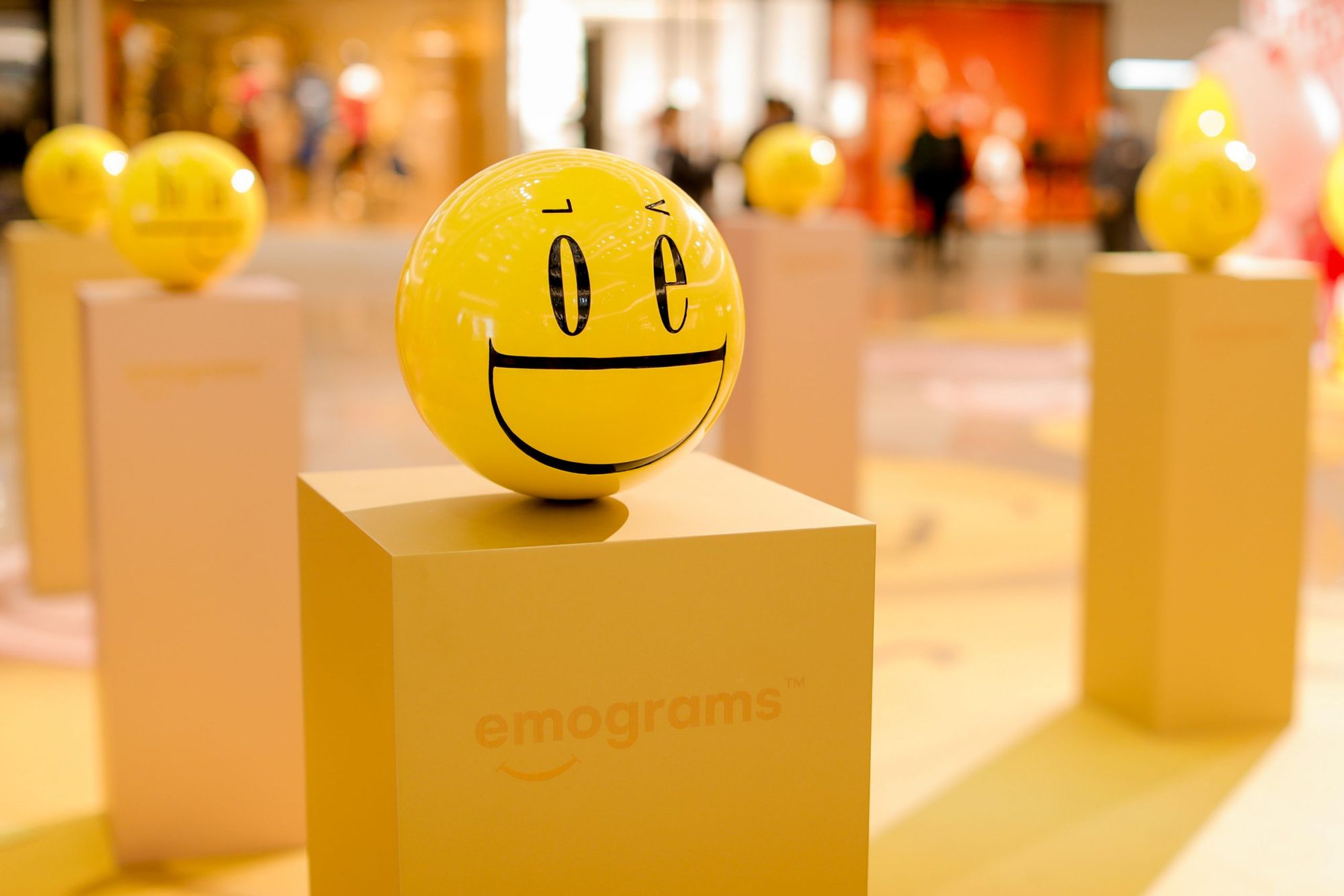
If you had to choose between an NFT work and a real work by the same artist, which would you choose?
M. K.: I’m probably old-fashioned and would like to own the objectified version. But just think how cool it must feel to have a gallery on a blockchain network, accessible from anywhere and you can always look at it. You can have the art you collect with you at all times.
The NFT market is currently home to both great artists and completely absurd, yet hugely valuable works. How do you see the future of this? Do you see the responsibility of artists and galleries to develop a quality standard?
M. K.: I’m sure the bubble will burst, but until then, whoever knows how, will manipulate the market. Obviously, because it moves a lot of money around, a lot of people just want to make a profit. It is also assumed that younger generations are more at home in this medium, which makes it interesting to observe that it is creators without any artistic or art historical background who are currently shaping visual culture, taking advantage of their leverage. Since the world of crypto is based on anonymity, it is difficult to say whose responsibility it is to establish a quality standard. We watch with interest to see what happens.
A. L.: The fact that the NFT market is full of garbage at the moment is also related to the fact that many people made a lot of money with crypto recently, and NFT is the perfect vehicle to invest it. These creations are also often frivolous, such as the half a million worth of stones. In the long run, I think the immature market will level out, so more prestigious characters will dominate the traditional art circles.
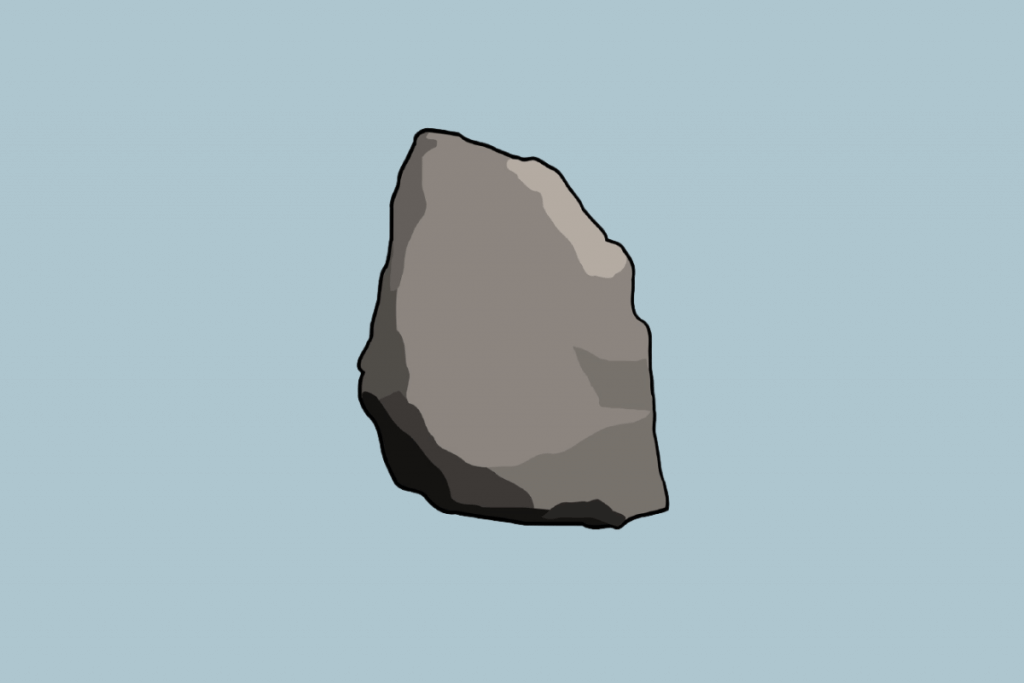
If the current project lives up to expectations, what are the plans for the future?
M. K.: We already have new plans that we will run in parallel with the emogram auctions. These will either be a reflection on an existing work of mine again, or they will serve as a curved mirror to the phenomenon itself and the hype surrounding it.


NFT Emograms | Web

High-tech toilets and a restroom search app: design, when nature calls
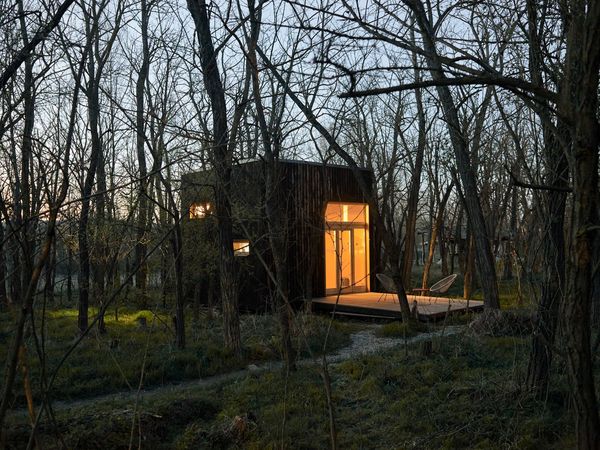
From Istambul to New York | Zoltán Kalászi, founder of Kazoda










